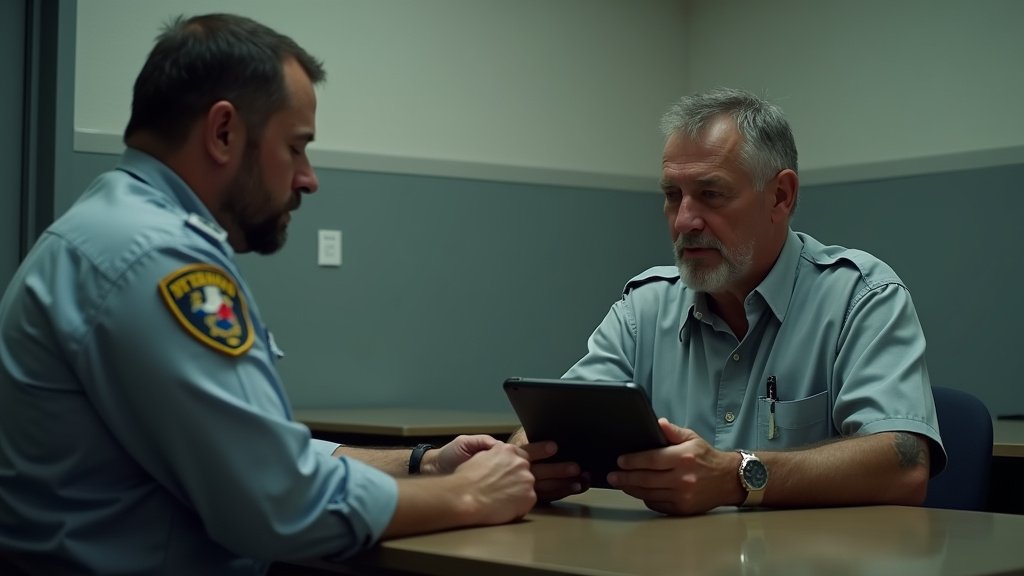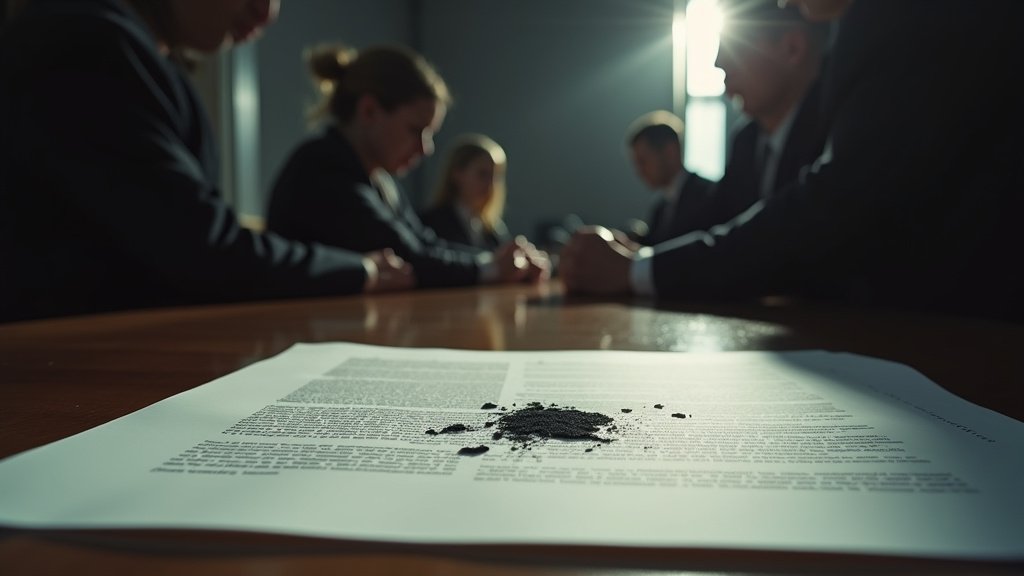A new era of support for incarcerated veterans in Texas has begun, as Senate Bill 2938 (SB 2938) officially went into effect on September 1, 2025. This landmark legislation mandates that all Texas county jails systematically verify the veteran status of every inmate during the intake process, addressing a long-standing inconsistency in how service members are identified and supported within the criminal justice system. The current news is generating significant buzz across the state, signaling a proactive approach to ensuring veterans receive the resources they’ve earned.
Bridging the Gap: The Need for SB 2938
For years, the process of identifying incarcerated veterans in Texas has been a patchwork, often relying on inconsistent methods or inmates self-identifying, which many may not do for various reasons. This inconsistency meant that numerous veterans cycling through county jails were missing out on crucial support services that could aid their transition back into civilian life. “There are a lot of vets… (that are) so lost, that they don’t know how to get back,” shared Morris Austin, a veteran who has navigated the jail system himself and expressed optimism about the new law’s potential.
Statistics suggest that veterans, despite their service and sacrifice, can face significant challenges upon returning home, including mental health issues, substance use, and homelessness, which can unfortunately lead to involvement in the criminal justice system. Without proper identification and access to tailored support, the cycle of re-entry difficulties and potential recidivism can persist. While organizations like the Texas Department of Criminal Justice (TDCJ) have existing programs for identified veterans within state prisons, the new law closes a critical gap by standardizing identification at the county jail level.
What SB 2938 Entails
The core of SB 2938, authored by Senator Jose Menendez and others, requires Texas county sheriffs to investigate and verify the veteran status of each prisoner during intake. This verification will leverage data from the U.S. Department of Veterans Affairs’ (VA) Veterans Reentry Search Service (VRSS) or similar federal resources. Upon verification, jail staff are tasked with assisting these veterans in applying for federal benefits and compensation they may be eligible for, at no cost to the inmate.
Furthermore, county sheriffs must submit daily reports to the Texas Veterans Commission (TVC) and local veterans’ service officers detailing verified veterans. The law also allows for no-cost visitation between verified veterans and county service officers or peer coordinators. The Texas Commission on Jail Standards has also updated its responsibilities to oversee this new intake procedure.
Local Implementation and Support Networks
Bexar County Sheriff Javier Salazar noted that implementing the law was straightforward, as his office already had systems in place to identify veterans, even those who do not self-identify. “We’re not starting from zero,” Salazar stated, highlighting that the verification process is designed to seamlessly connect veterans with services from the moment they enter the jail. Bexar County currently houses at least 112 incarcerated veterans, underscoring the practical impact of this legislation.
Organizations like the Bexar County Military and Veterans Service Center, led by Executive Director Keith Wilson, are poised to work closely with incarcerated veterans. Wilson emphasized the agency’s comprehensive services, including employment assistance, peer support programs, and financial aid, all of which can be vital for veterans preparing for release. “We offer employment services that can assist. We have a peer support and a financial assistance program,” Wilson explained. The goal is to provide a clear path away from future legal troubles by connecting veterans with the support they need to reintegrate successfully.
A Path to Reintegration and Reduced Recidivism
Supporters of SB 2938 believe the law is a crucial step towards helping incarcerated veterans get on the right track post-release. By ensuring that veterans are identified and connected to benefits and services while still incarcerated, the state aims to address the underlying issues that may have contributed to their legal troubles. This proactive approach is expected to not only improve individual veteran outcomes but also potentially lower recidivism rates among this population, which have historically been high.
The legislation represents a commitment from Texas to honor the service of its veterans, not just in times of conflict, but also in their times of need within the justice system. This current news signifies a significant improvement in how Texas addresses the unique challenges faced by its veteran population, aiming to foster a more supportive and rehabilitative environment for those who have served the nation.






